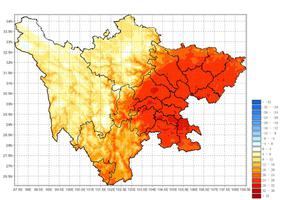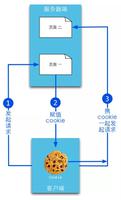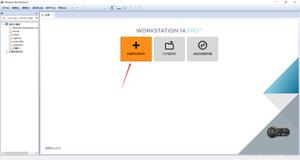TensorFlow实现Logistic回归
本文实例为大家分享了TensorFlow实现Logistic回归的具体代码,供大家参考,具体内容如下
1.导入模块
import numpy as np
import pandas as pd
from pandas import Series,DataFrame
from matplotlib import pyplot as plt
%matplotlib inline
#导入tensorflow
import tensorflow as tf
#导入MNIST(手写数字数据集)
from tensorflow.examples.tutorials.mnist import input_data
2.获取训练数据和测试数据
import ssl
ssl._create_default_https_context = ssl._create_unverified_context
mnist = input_data.read_data_sets('./TensorFlow',one_hot=True)
test = mnist.test
test_images = test.images
train = mnist.train
images = train.images
3.模拟线性方程
#创建占矩阵位符X,Y
X = tf.placeholder(tf.float32,shape=[None,784])
Y = tf.placeholder(tf.float32,shape=[None,10])
#随机生成斜率W和截距b
W = tf.Variable(tf.zeros([784,10]))
b = tf.Variable(tf.zeros([10]))
#根据模拟线性方程得出预测值
y_pre = tf.matmul(X,W)+b
#将预测值结果概率化
y_pre_r = tf.nn.softmax(y_pre)
4.构造损失函数
# -y*tf.log(y_pre_r) --->-Pi*log(Pi) 信息熵公式
cost = tf.reduce_mean(-tf.reduce_sum(Y*tf.log(y_pre_r),axis=1))
5.实现梯度下降,获取最小损失函数
#learning_rate:学习率,是进行训练时在最陡的梯度方向上所采取的「步」长;
learning_rate = 0.01
optimizer = tf.train.GradientDescentOptimizer(learning_rate).minimize(cost)
6.TensorFlow初始化,并进行训练
#定义相关参数
#训练循环次数
training_epochs = 25
#batch 一批,每次训练给算法10个数据
batch_size = 10
#每隔5次,打印输出运算的结果
display_step = 5
#预定义初始化
init = tf.global_variables_initializer()
#开始训练
with tf.Session() as sess:
#初始化
sess.run(init)
#循环训练次数
for epoch in range(training_epochs):
avg_cost = 0.
#总训练批次total_batch =训练总样本量/每批次样本数量
total_batch = int(train.num_examples/batch_size)
for i in range(total_batch):
#每次取出100个数据作为训练数据
batch_xs,batch_ys = mnist.train.next_batch(batch_size)
_, c = sess.run([optimizer,cost],feed_dict={X:batch_xs,Y:batch_ys})
avg_cost +=c/total_batch
if(epoch+1)%display_step == 0:
print(batch_xs.shape,batch_ys.shape)
print('epoch:','%04d'%(epoch+1),'cost=','{:.9f}'.format(avg_cost))
print('Optimization Finished!')
#7.评估效果
# Test model
correct_prediction = tf.equal(tf.argmax(y_pre_r,1),tf.argmax(Y,1))
# Calculate accuracy for 3000 examples
# tf.cast类型转换
accuracy = tf.reduce_mean(tf.cast(correct_prediction,tf.float32))
print("Accuracy:",accuracy.eval({X: mnist.test.images[:3000], Y: mnist.test.labels[:3000]}))
以上是 TensorFlow实现Logistic回归 的全部内容, 来源链接: utcz.com/z/339669.html





